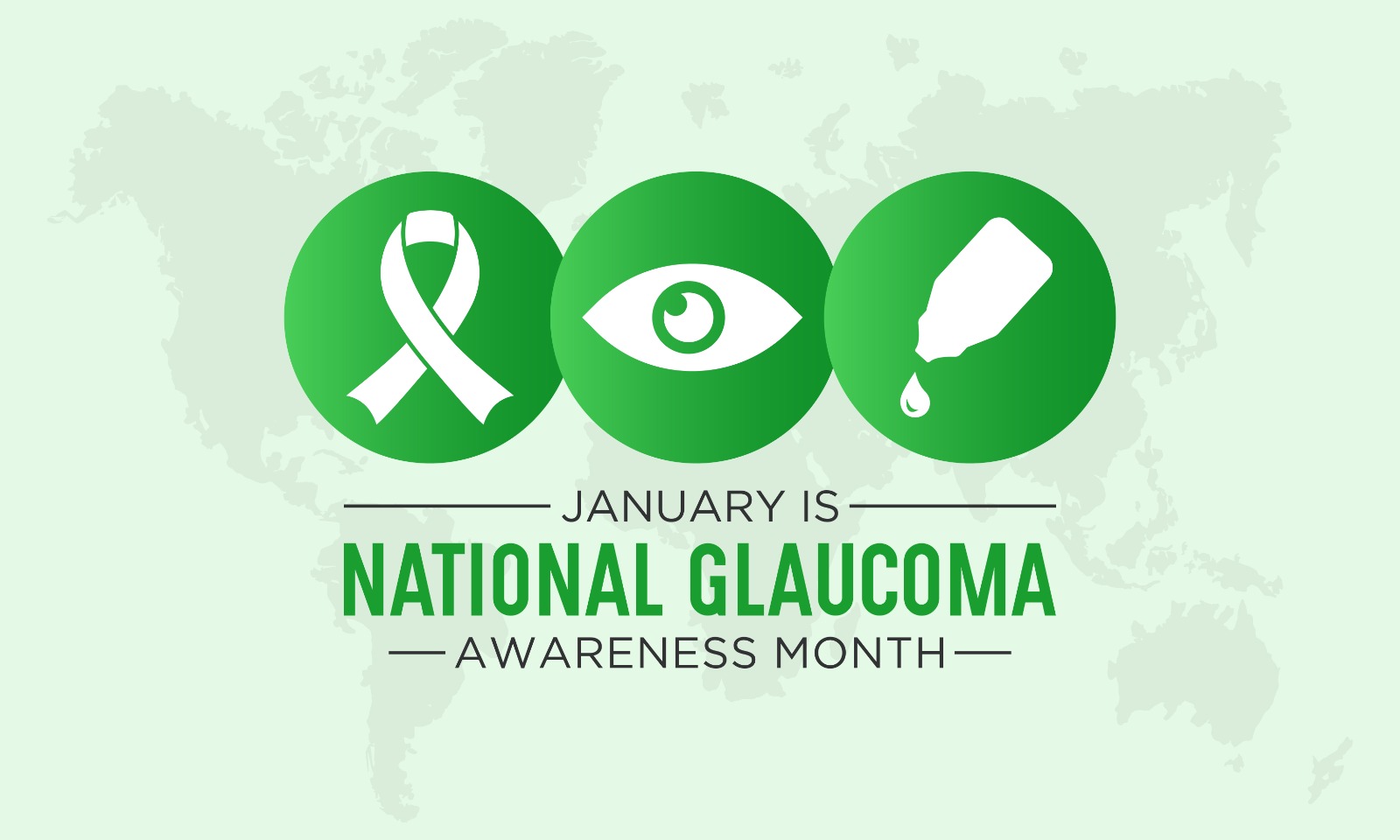Glaucoma is a condition where a person gradually loses their power of sight. The symptoms are so subtle that they go unnoticed for many years until it is too late and the person is completely blind. The risk for glaucoma increases when someone is diabetic, has related retinopathy, hypertension, or any metabolic syndrome-related conditions that are chronic. The loss of vision is mainly due to irreversible damage to the optic nerve caused by high intraocular pressure. There are different kinds of glaucoma too- angle-closure, open-angle, congenital, exfoliation, and normal tension glaucoma respectively, though for some people, it may be a side effect of traumatic injury. The pressure is due to improper or slow drainage of fluid around the eyeballs.
Why Celebrate Glaucoma Awareness Month?
Most of us know of diabetic retinopathy or age-related macular degeneration (AMD) but draw a blank when glaucoma is mentioned. Some of us may associate this condition with diabetes if we have dealt with individuals in the past. But, for the most part, the years or months leading up to total blindness are relatively asymptomatic, with a few subtle signs strewn here and there. They are easily ignored by our busy schedules and other daily priorities. Some of the signs you should watch out for are - halo around lights, blurry vision, loss of peripheral vision, significant blind spots, severe eye pain, and headaches respectively. Most people don’t know they have any issues until almost 40% of vision loss has occurred. This is why early screening is super important.
Some crucial risk factors to consider include-
● Advancing age
● If you have had any injury or eye trauma in the past
● Usage of specific steroid-based medication for a long time
● Someone who has refractive errors like myopia or hyperopia
● Some who have hypertension or are diabetic
● Someone with thinner than usual cornea or congenital defects
Glaucoma Awareness Month has been celebrated in January for the last few decades on a global scale. There is no specific theme for this year, but the American Academy of Ophthalmology (AAO) tends to go with different themes for each month of the year, with January focusing on Glaucoma and its prevention.
Preventive care involves the treatment of symptoms and bringing about sustainable changes that you can always stick to, always. This will include eating well, getting enough exercise, and keeping a close watch on blood glucose and blood pressure levels.
Glaucoma In The Indian Context-
With a steep rise in the number of hypertensive and diabetic cases in India, it is no surprise that glaucoma is also a major cause for concern. About 2-4% of the population above 40 suffers from glaucoma. It is the third cause of blindness in the Indian subcontinent. About 12 million people suffer from this condition, out of which almost 9 million are completely blind.
The Indian government has set up pharmacies to help dispense medicines at nominal costs, with the Pradhan Mantri Bhartiya Janaushadhi Pariyojana (for generic medicines and equipment). Eye banks and eye donation camps are also conducted. The National Programme for Control of Blindness is responsible for allotting funding and establishing tertiary care centers in hospitals and medical colleges. The Netra Jyoti Abhiyan aims to help reduce cases of preventable blindness by 2025.
Conclusion- Some people may have a rapid onset of symptoms that demand emergency care, but for the majority of cases, glaucoma is a silent vision killer. The only way this condition is preventable is to get regular eye examinations done. This is especially necessary if you are older than 60 years of age and have other comorbid medical conditions like diabetes, hypertension, etc. There is no cure for glaucoma and treatment involves using medicated eye drops which help reduce intraocular pressure. So, when was the last time you had an eye exam?
FAQs-
1) When is Glaucoma Awareness Month celebrated, every year?
It is celebrated in January, which is a month for new beginnings and other health awareness-related events.
2) Why is it celebrated?
To encourage people to get comprehensive eye exams annually and to teach them to be on the lookout for specific symptoms. It is important from an early detection perspective- as you get more time and options with regards to long term management and treatment.
3) Are there different kinds of glaucoma?
Yes, it is a group of eye diseases characterized by damage to the optic nerve due to high intraocular pressure. They are angle-closure, open-angle, congenital, exfoliation, and secondary glaucoma due to previous injury respectively.
4) How is glaucoma diagnosed?
A comprehensive eye exam will look at the eye in complete detail- like visual acuity, intraocular pressure (IOP), field of vision, and optic nerve.
5) How is glaucoma treated?
By using eye drops that help reduce IOP or with surgery- to help prevent high IOP and regulate drainage from the eye.




